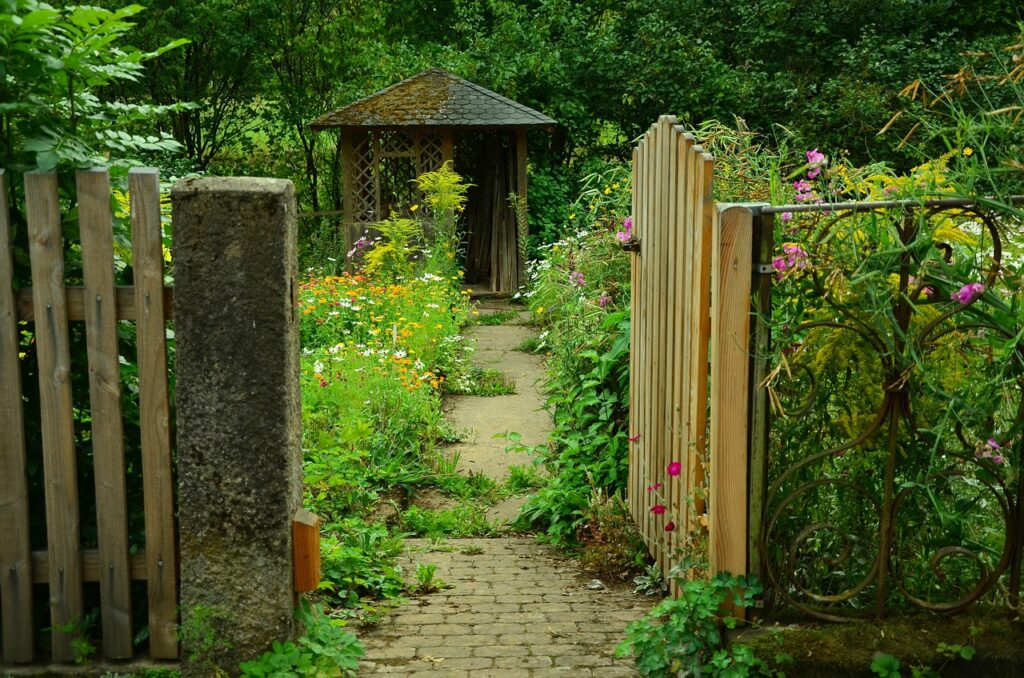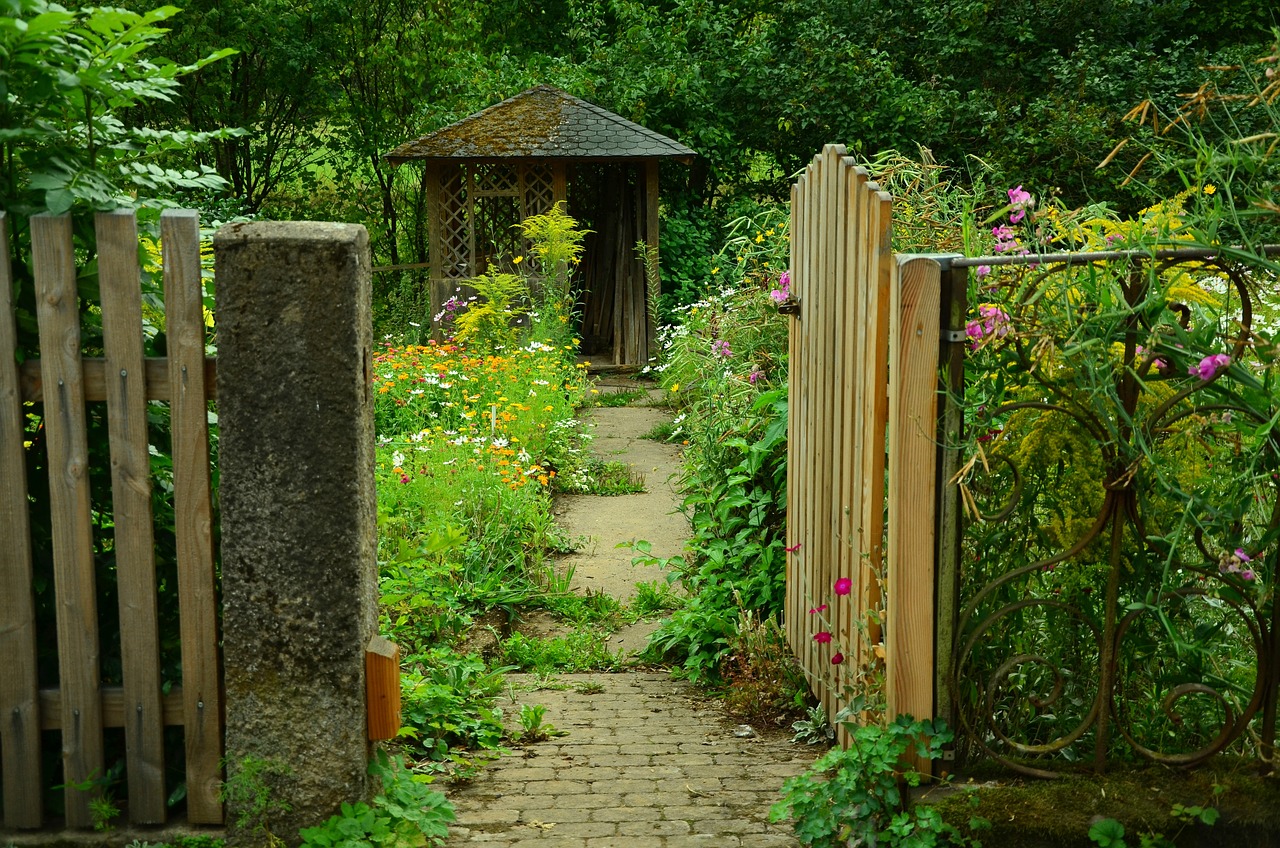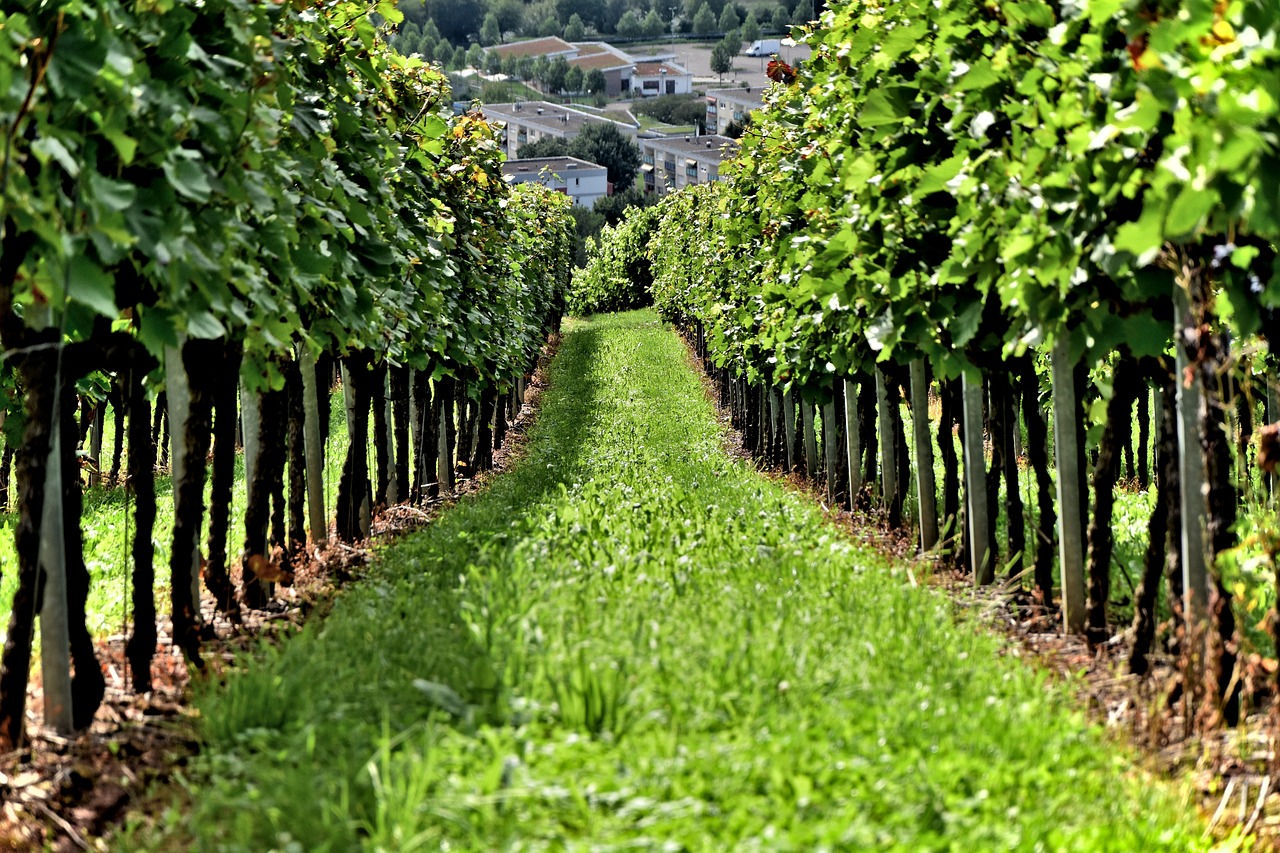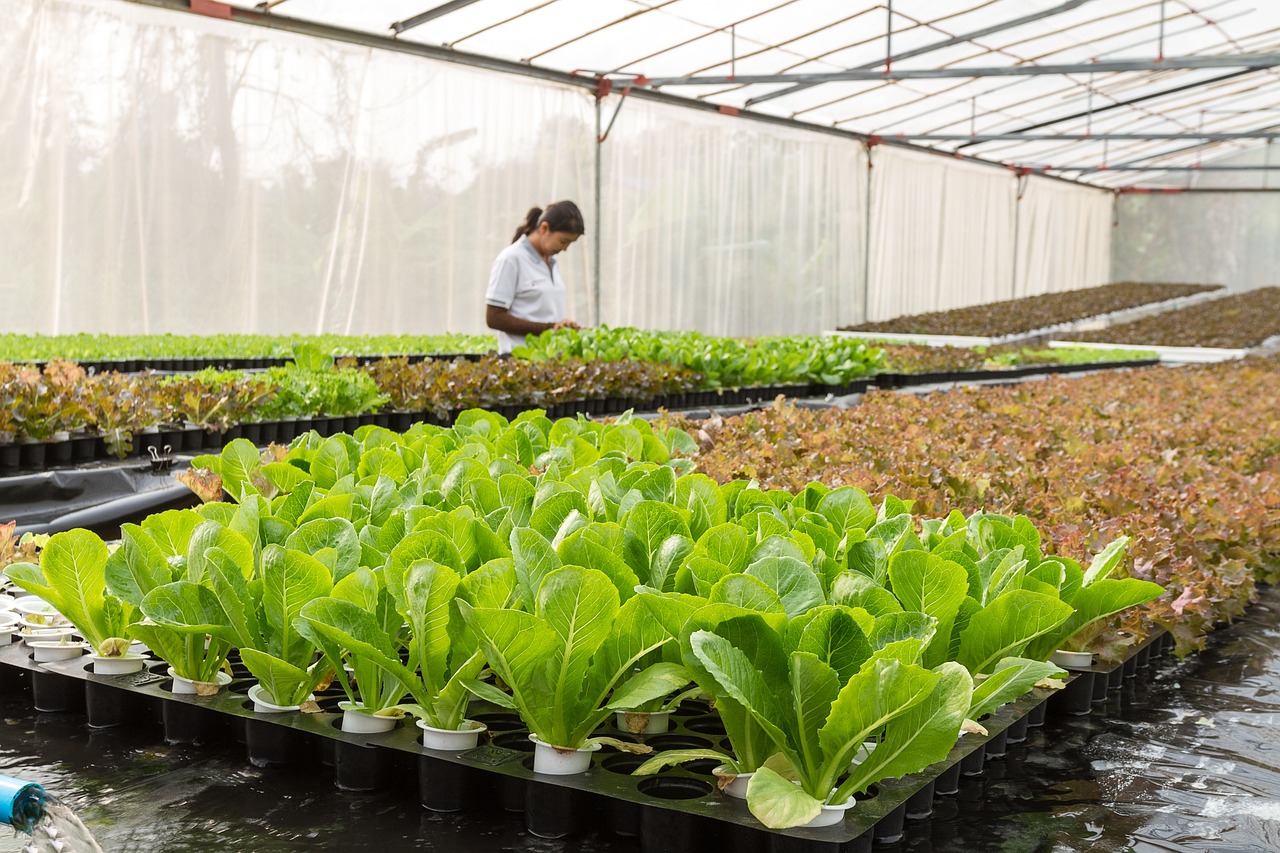Are you looking for a sustainable and efficient way to build your garden beds? Consider using the hugelkultur technique, which involves incorporating woody material into your garden beds.
Hugelkultur provides numerous benefits, including water conservation, improved soil health, and reduced need for fertilizers. By using woody material in your garden beds, you can create a self-sustaining ecosystem that requires minimal maintenance.
Hugelkultur beds act as sponges, retaining moisture and nutrients for your plants to use throughout the growing season. Additionally, the decomposition of the woody material in the bed releases nutrients into the soil, providing a natural source of fertilizer.
So if you’re looking to build a low-maintenance, sustainable garden, consider trying the hugelkultur technique.
Sustainability Benefits of Hugelkultur
By using fallen or pruned branches and other organic materials to create raised garden beds, hugelkultur promotes sustainable gardening practices that benefit the environment and create a rich, nutrient-dense soil.
Unlike traditional gardening methods that rely on chemical fertilizers and pesticides, hugelkultur uses only natural materials that decompose over time, releasing nutrients into the soil and reducing the need for external inputs. This long-term impact makes it an eco-friendly solution that not only improves the health of your garden but also reduces your ecological footprint.
In addition to reducing the use of harmful chemicals, hugelkultur also helps to conserve water by retaining moisture in the soil. The wood and other organic materials in the garden beds act like sponges, absorbing water during rainy periods and gradually releasing it during dry spells.
This reduces the need for frequent watering, which not only saves time and money but also promotes water conservation. By practicing sustainable gardening methods like hugelkultur, you can make a positive impact on the environment while enjoying a bountiful harvest.
Water Conservation with Hugelkultur Beds
Implementing hugelkultur techniques in your garden using decomposing organic matter can significantly reduce the amount of water needed to keep your plants healthy and thriving. Hugelkultur beds act like sponges, absorbing and retaining water for longer periods of time.
This is because the decomposing wood and other organic materials in the bed create a porous environment that allows water to penetrate deeply into the soil, while also preventing it from evaporating too quickly.
In addition, hugelkultur beds are also great for rainwater harvesting. The porous nature of the bed allows rainwater to penetrate deeply into the soil, where it can be stored and used by your plants.
This means you can collect and store rainwater in your hugelkultur bed, reducing your reliance on municipal water supplies during times of drought. By implementing hugelkultur techniques in your garden, you can create a more sustainable and drought-resistant landscape that is better able to withstand the challenges of a changing climate.
Using Woody Material for Garden Beds
You can make your garden more sustainable and water-efficient by utilizing woody material in your planting beds.
Hugelkultur beds are a great way to incorporate natural aesthetics while also being budget-friendly. Instead of using expensive soil and fertilizers, you can create a raised bed using logs, branches, and other woody materials as the base layer.
The woody material slowly breaks down over time, releasing nutrients into the soil and improving the overall health of your plants. Plus, the raised bed allows for better drainage and helps to retain moisture, reducing the amount of water needed for your garden.
Not only is this a sustainable option for your garden, but it also adds an interesting and unique element to your landscape design.
Improving Soil Health with Hugelkultur
If you want to improve the health of your soil, try incorporating natural materials like logs and branches into your planting beds. This is where hugelkultur comes in handy.
Hugelkultur is a German word that means ‘hill culture’ and it involves creating a raised garden bed by layering woody debris, compost, and soil. The wood slowly decomposes over time, releasing nutrients into the soil and creating pockets of air that encourage microbial diversity.
One of the main benefits of hugelkultur is its composting benefits. As the woody debris decomposes, it creates a rich compost that feeds your plants. This compost is filled with beneficial microorganisms that help break down organic matter and make nutrients available to your plants.
Additionally, the raised bed structure of hugelkultur allows for excellent drainage and aeration, which helps prevent soil compaction and encourages root growth. By incorporating hugelkultur into your gardening practices, you can create a more sustainable and resilient garden that is full of life.
Comparing Hugelkultur to Traditional Gardening Techniques
When it comes to gardening, have you ever wondered how traditional techniques compare to hugelkultur? Well, let’s take a look at the cost comparison and efficiency analysis.
Traditional gardening usually involves tilling the soil, adding fertilizers, and regular watering. This can be quite costly in terms of time, effort, and money spent on fertilizers and water bills. On the other hand, the initial cost of building a hugelkultur bed may be higher, but it can save you money in the long run as it requires less maintenance and watering.

In terms of efficiency, hugelkultur beds outshine traditional gardening techniques. The wood in the bed acts as a sponge, absorbing and retaining moisture which means less watering is needed. Additionally, the gradual decomposition of the wood provides a slow release of nutrients for the plants, reducing the need for fertilizers.
The raised bed also provides better drainage and aeration, which promotes healthy root growth and lessens the risk of waterlogging. Overall, hugelkultur proves to be an efficient and cost-effective alternative to traditional gardening techniques.
Frequently Asked Questions
What types of wood are suitable for building hugelkultur beds?
When building hugelkultur beds, it’s important to use hardwoods like oak and maple as they break down more slowly. Using reclaimed wood is also a sustainable option, reducing waste and saving trees.
How deep should a hugelkultur bed be?
For maximizing soil fertility and reaping the benefits of deeper hugelkultur, aim for a depth of at least 3 feet. To maintain moisture, cover with mulch and water deeply. Consider adding a layer of compost or manure before planting.
Can hugelkultur beds be used for growing all types of plants, including vegetables and fruits?
Yes, hugelkultur beds can be used for growing all types of plants, including vegetables and fruits. Maximizing yield is possible due to the soil composition, which retains moisture and nutrients for longer periods.
How long does it take for a hugelkultur bed to fully decompose?
It takes several years for a hugelkultur bed to fully decompose, but the benefits of long term decomposition are significant. The decomposition process releases nutrients into the soil, improving soil fertility and plant growth.
Are there any potential downsides or challenges to using hugelkultur for garden beds?
Possible output:
“Maintaining a hugelkultur bed can be challenging, with potential drawbacks like uneven settling, rotting wood, and nutrient imbalances. However, with proper care and attention, these issues can be overcome for a successful garden bed.”
Conclusion
So there you have it, you’ve learned all about the benefits of hugelkultur for your garden.
By utilizing this method, you’re not only creating a sustainable and environmentally friendly garden, but you’re also conserving water and improving soil health.
Plus, you’re able to repurpose woody material that would have otherwise gone to waste.
Compared to traditional gardening techniques, hugelkultur may take a bit more effort upfront, but the long-term benefits are worth it.
So why not give it a try? Your garden (and the planet) will thank you.










